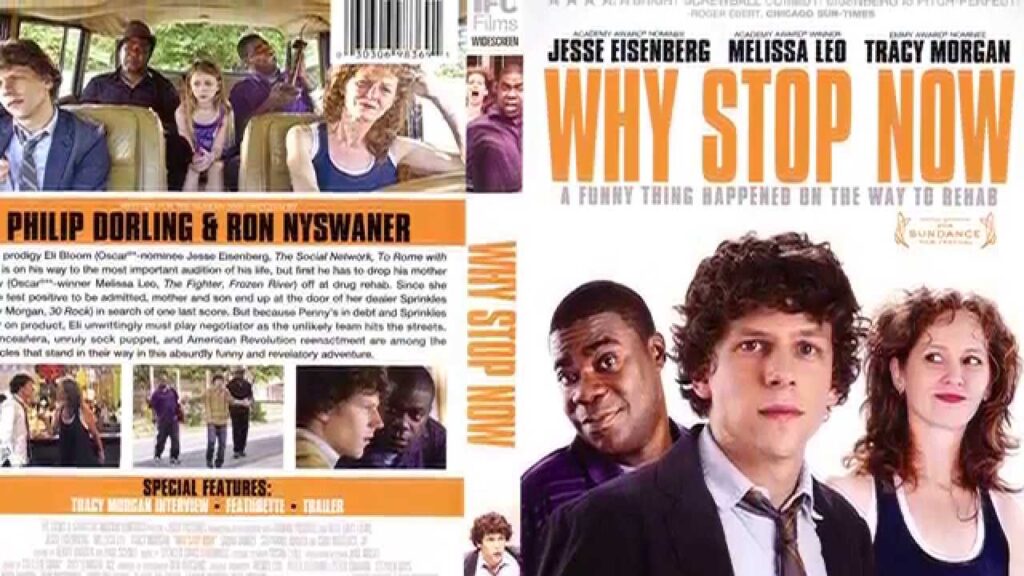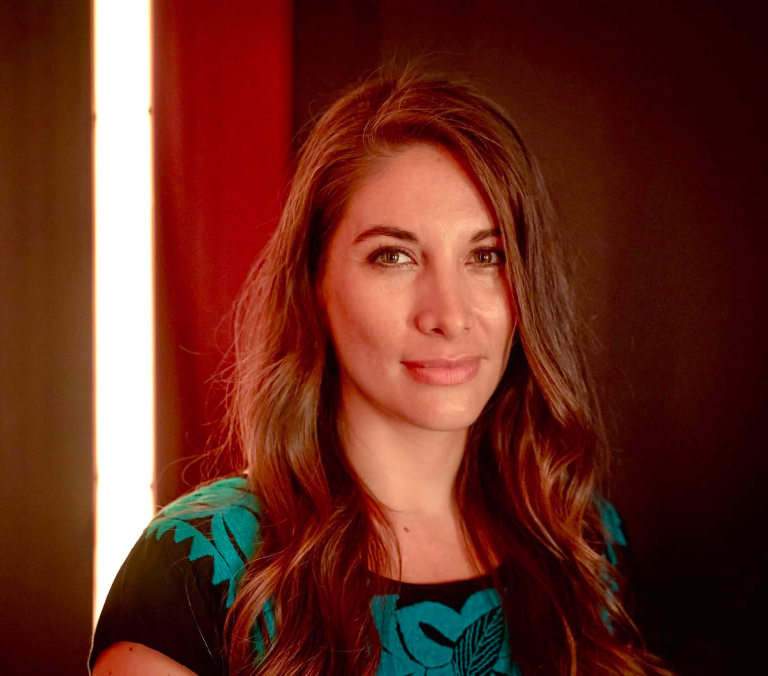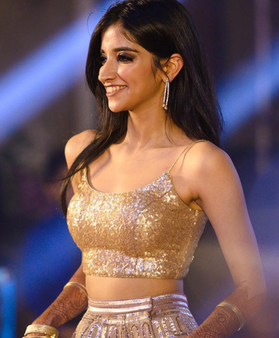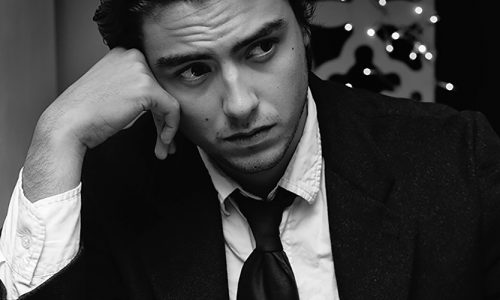Learn How To Make Films and New Media
During the 2-Year Filmmaking program at NYFA’s Film School, aspiring filmmakers immerse themselves in the art of cinematic storytelling. Similar to our one-year program, this full-time conservatory-style filmmaking program provides extensive mentorship and training, and students gain ample hands-on experience in film, media, and video production.
Throughout their 2 years with NYFA, students direct, write, shoot, produce, and edit several of their own films, while working in various roles in their classmates’ films, rounding out their creative and technical training. Students also explore creative content development that may include web series, podcasts, music videos, virtual reality videos, commercials, and documentaries, learning a variety of storytelling formats. Our learn-by-doing process, helps students uncover their unique creative voice and truly develop the expertise needed to be successful filmmakers and content creators. The program culminates in a final thesis film, where students can show their advanced filmmaking knowledge and techniques. Upon graduation from the 2-Year Filmmaking Program, students will earn a college credit bearing Certificate.
Faculty Highlights
Curriculum
The curriculum for the 2-Year Filmmaking Program at NYFA’s Film School includes:
- An advanced curriculum of creative content such as Directing, Cinematography, Screenwriting, Documentary Filmmaking, Production Design, and more
- Experienced faculty and staff who actively work in the film industry
- Experience directing on set and serving in various roles in classmates’ films
- Access to the latest camera, sound, and lighting equipment
- The ability to attend exclusive guest lectures with film industry leaders such as directors, actors, producers, screenwriters, and more
To learn more, see NYFA’s Course Catalog.
NYFA’s two-year, six-semester film program provides over 2,000 hours of hands-on production time. Upon graduation from the 2-Year Filmmaking Program, students will earn a college credit bearing Certificate. Qualified students who complete the 2-Year Program may apply for coursework to be accepted for advanced standing in the BFA in Filmmaking.
In this program, every student writes, shoots, directs, and edits eight films and explores a variety of creative content, working with 16mm and 35mm film as well as 4K digital video. They have the option of shooting their final projects for the first year, as well as their second year thesis films on the format of their choice. In addition to their own projects, they also work on approximately 28 of their classmates’ films in various on-set roles. The program culminates in a thesis film. To learn more about the projects film students will complete, visit our film projects page.
NYFA’s 2-Year Filmmaking Program is available at NYFA New York.
17 Battery Pl,
New York, NY 10004
2-Year Filmmaking Program
| Location | Program Start Date and End Date | Tuition |
|---|---|---|
| New York City | January, 2026 – December, 2027 August, 2026 – August, 2028 | Spring 2026 Semester Tuition and Equipment & Technology Fee*Tuition:$16,804 Per Semester Equipment & Technology Fee:$1,956 Per Semester Wellness Services & Programming Fee:$145 Per Semester Program Duration: 6 Semesters |
*Additional Fees:
| Activity Fee: | $125 per semester |
| Orientation Fee: | Domestic Students: $150 International Students: $200 |
| Graduation Fee: | $100 |
| International Student Fee: | $200 for the first semester, $120 each subsequent semester |
Please note: Equipment, curriculum, and projects are subject to change and may vary depending on location. Students should consult the most recently published campus catalog for the most up-to-date curriculum.




